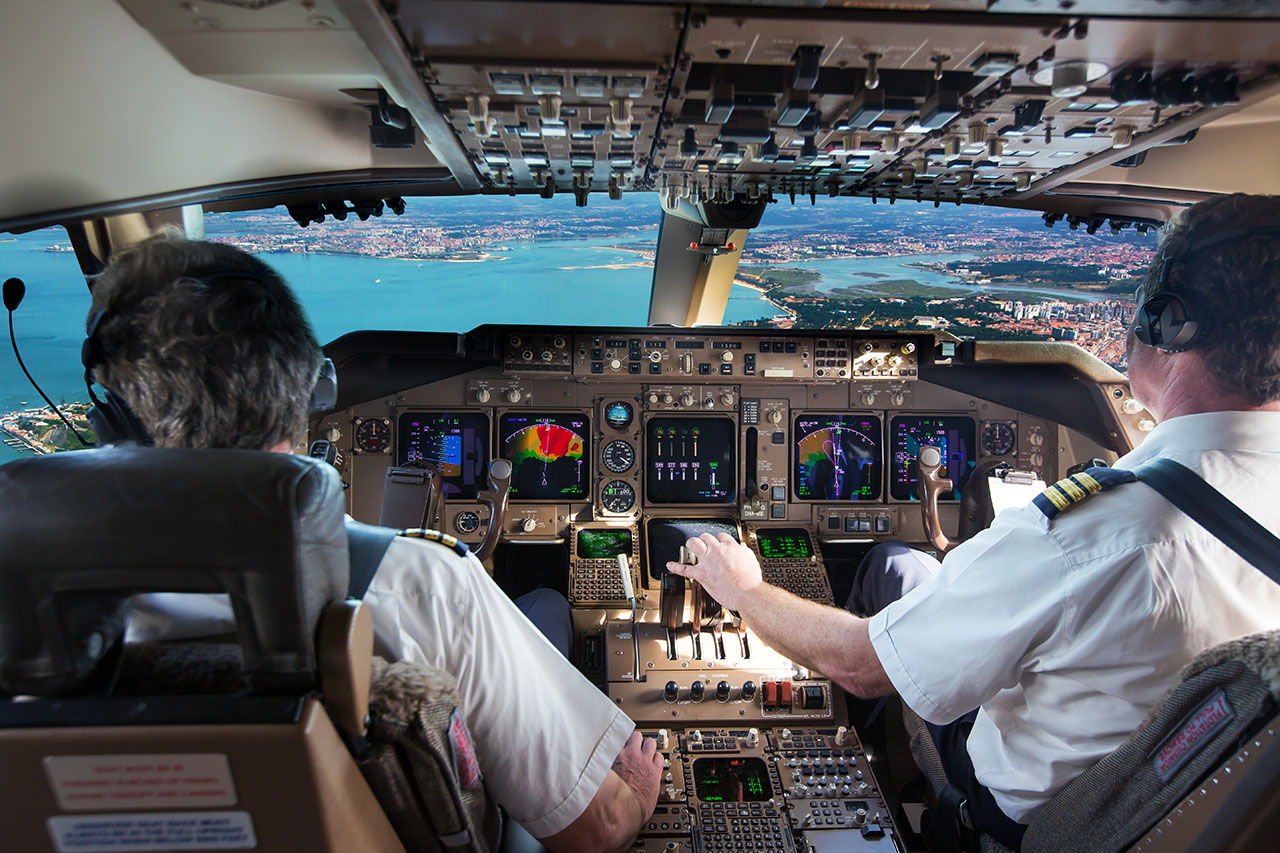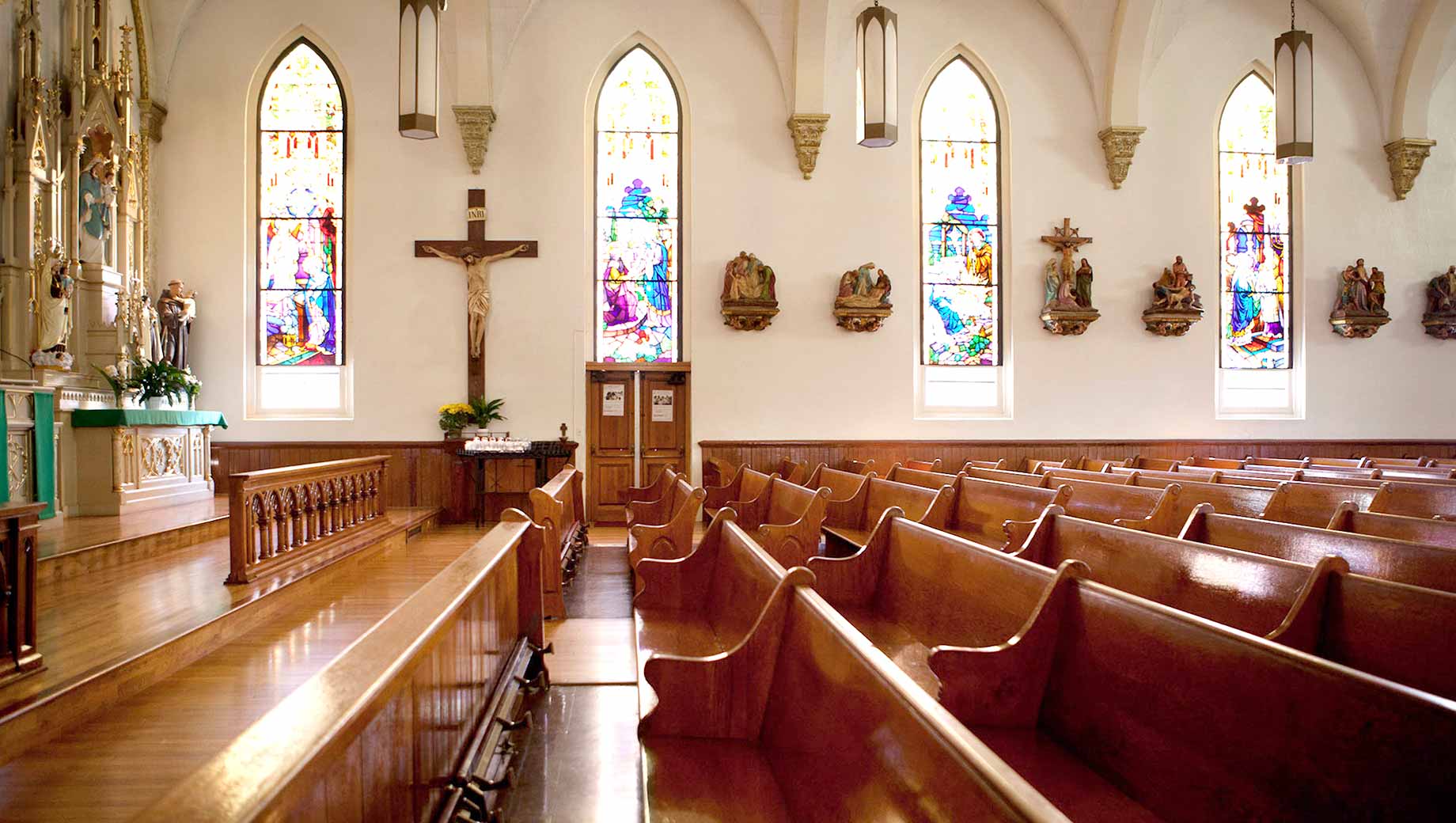Jump seats, also known as flight attendant seats, are the airplane crew found in a specific aircraft, and there are normally more seats than the number of flight attendants. Jump seats, or leftover crew seats, are mainly occupied by staff or their friends or family whenever there is insufficient space in the cabin.
Jump seats are mainly near the main exits and the rear flight deck. However, extra jump seats might be in the crew rest compartments or over-wing exits. Jump seats differ from crew seats in the following ways;
- They lack armrests or tables
- They have a tiny storage beneath the emergency seat
- They mainly face sideways or backward
- They are located strategically for easy staff visibility.
Below we discuss everything you need to know about jump seats.
Who Seats on Jump Seats?
Most people are surprised that jumpsuits are not only meant for airline members. Most passengers can sit on these seats, depending on the seat location and airline rules. While family and friends can use these seats, only people with valid IDs can sit on the cockpit jump seats.
Also, jump seats have an ability and age limit. As stated above, rules depend on the airline in question, but exit passengers should be above fourteen years, as the seats are found near the emergency exits.
Can Travelers Check Bags when Jump Seating?
Travelers can check bags in a jump seat, but this is not advisable, as the jump seat tickets are released at the last minute.
Remember, jump seats are not official tickets, meaning staff passengers are held at the gate till flight closure. Whenever there is a space after a traveler fails to show up, these individuals are allowed on the plane.
Checked bags will not have enough time to catch up with the other bags and can be left behind. Also, checked bags can remain stuck in the luggage system if the passenger does not reach the seat.
Jump Seat Usage
Most travelers think jump seats are more comfortable than the economy section, which is not the case. Most airlines have established rules that state that these seats are only used after all passenger seats are full.
However, this rule has certain exceptions, like when a staff member is traveling in uniform and needs to be at a certain destination for work purposes. Generally, people sit on jump seats after the cabin gets full.
Jump Seats Downsides
Airlines are accommodating more passengers on their aircraft, making passenger seats shrink. This makes certain travelers envy jump seats, despite the following downsides;
- They are found near aircraft doors, meaning they lack conditioning vents
- They do not recline like foldaway seats; this makes it hard to get quality rest
- They are found in the galleys, putting them at the center of things during a flight.
Final Thoughts
Jump seats have been used on aircraft for a long time, and they serve different purposes. The above article has discussed everything you need to know about these seats, and you can reach out for more details.





